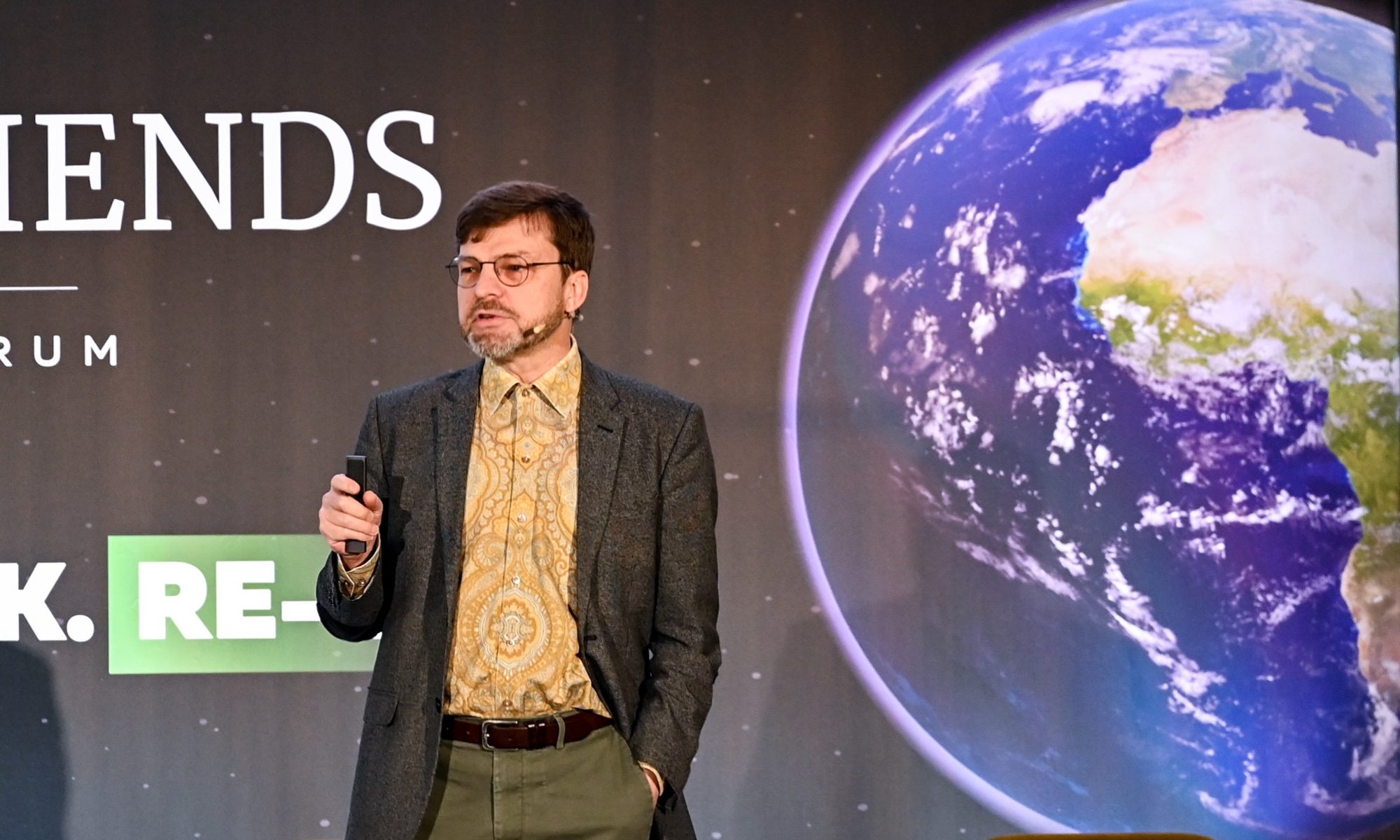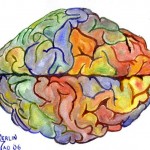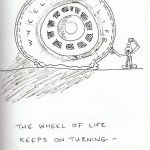To Scare or Inspire?
Bringing Admission, Ambition & Pragmatic to CSR
Blog by Wayne Visser
Part 13 of 13 in the Age of Responsibility Blog Series for 3BL Media.
What is the most effective CSR/sustainability strategy – to scare or to inspire? How do you get the balance between sharing the bad news (i.e. the state of the world) and the good news (i.e. the innovative solutions)?
Betty Sue Flowers, co-author of Presence, told me that ‘if you attempt to scare people with the enormity of the problems, the tendency is simply to give up. And so when you dispirit people, when you remove the spirit, you also remove the capacity to change.’ This is a common refrain – and indeed a dilemma. We can’t deny the severity of the crises that we face, and yet we can’t paralyse people with fear.
Jonathon Porritt, author of Capitalism as if the World Matters, told me, ‘I’m impaled on this every day of my life at the moment. What do you do? I think we still owe it to reality and to integrity in any communications process to share the empirical reality. But how you come out of that without leaving people spread eagled with despair and just utterly disempowered?
Porritt elaborates, saying, ‘We’re trying to create these upbeat, opportunity driven wish lists about what would happen if businesses seized hold of this set of opportunities here, and started to do things completely differently over there, and if politicians started to construct societal and economic responses based on a world not on growth hormones. But then you look at the scale of their responses and you set it against the scale of the analysis, and of course it looks frail. It looks insubstantial in terms of where we need to be. So I think the mechanisms we’re using are the only ones available to us, but we haven’t got it right yet. Whether we can get there building, building, building gradually over a period of time or whether we need some shocks in the system to accelerate the emergence of that positive energy, that for me is still a hard one to call.’
Jorgen Randers, co-author of the original 1972 Limits to Growth report and author the recently released book 2052: A Global Forecast for the Next Forty Years, is equally ambivalent. Speaking to me, he reflected, ‘Are scare tactics better than carrots? There are groups pursuing both avenues. I think I’ve moved to thinking that having a positive view has a stronger motivational force than scare tactics. But then you can ask the question, is it possible to come up with sufficient carrots to make society act? And it looks as if some support from some scare tactics or some of the disasters would help.’
The 21st Century Living project, undertaken by Acona in conjunction with Homebase and The Eden Project, may provide some answers. Based on an 18 month study of 100 households in the UK, the findings showed that most people will act, given the right tools and information specifically for their needs. ‘The data say clearly that environmental values are not a good predictor of action. The message we got back was clear: we can get on with cutting our environmental footprint without having to win the battle for the long-term soul of the nation. Don’t browbeat people, don’t frighten them – just show them where they are wasting money and resources and they will change themselves. Frame the topic like this and everyone is interested – young and old, wealthy and poor, green or not.’
Like all of us in the CSR/sustainability field, I have also been grappling with the issue of whether it is best to scare or inspire …
Continue reading
[button size=”small” color=”blue” style=”download” new_window=”false” link=”http://www.waynevisser.com/wp-content/uploads/2012/06/blog_scare_inspire_wvisser.pdf”]Pdf[/button] To Scare or Inspire? (blog)
Related websites
[button size=”small” color=”blue” style=”tick” new_window=”false” link=”http://www.csrinternational.org”]Link[/button] CSR International (website)
[button size=”small” color=”blue” style=”tick” new_window=”false” link=”http://www.waynevisser.com/books/the-age-of-responsibility”]Link[/button] The Age of Responsibility (book)
Cite this blog
Visser, W. (2012) To Scare or Inspire? Bringing Admission, Ambition & Pragmagic to CSR, Wayne Visser Blog Briefing, 1 May 2012.












































































































































